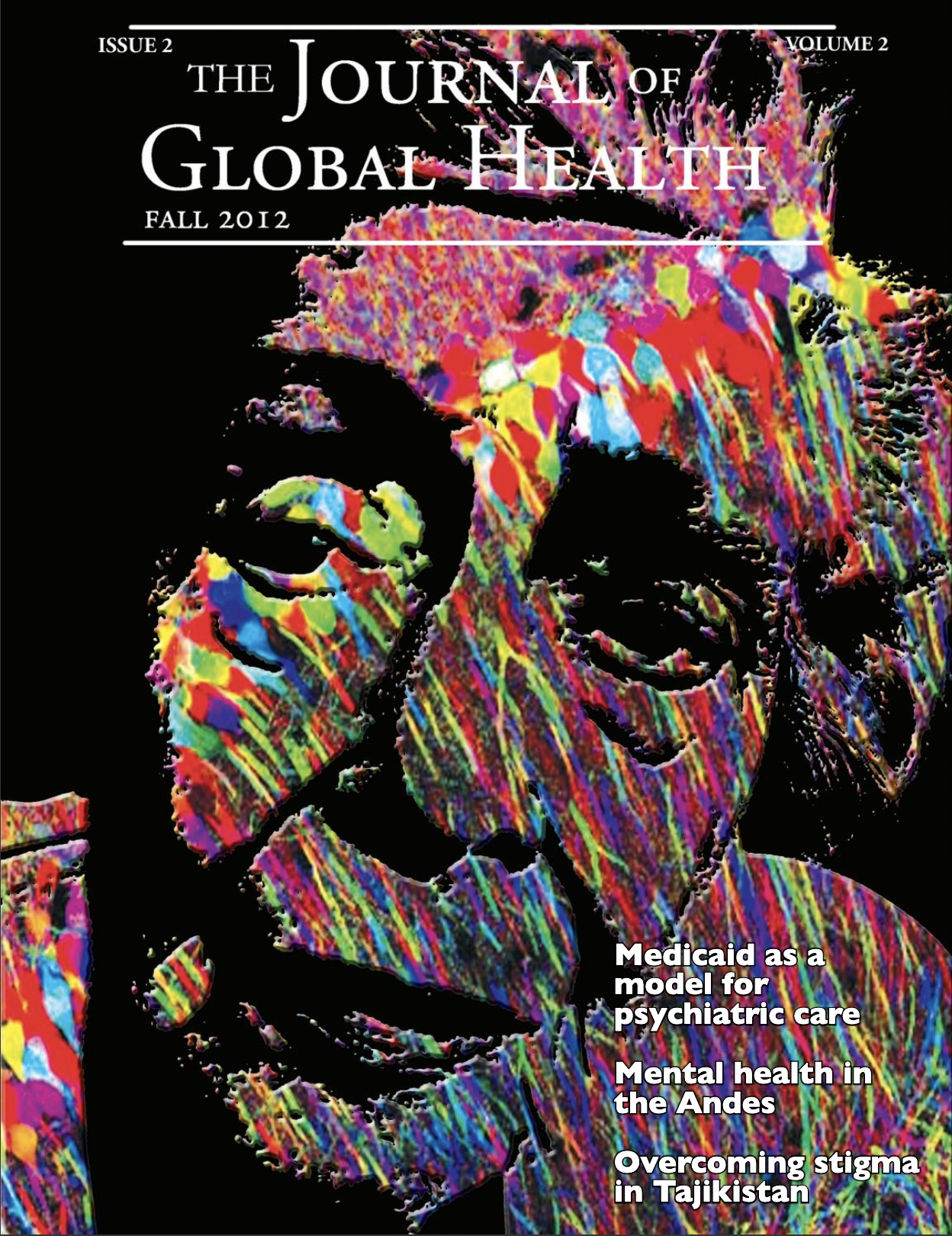Multifaceted Adolescent Reproductive Health Education Strategies in Panama
Main Article Content
Abstract
Advances in adolescent healthcare have the potential to greatly impact worldwide public health and well-being. Reproductive health education relates directly to the United Nations Millennium Development Goals (UN MDGs) 1, 3, 5, 6 and 8, which concern poverty, gender equality, maternal health, combating HIV/AIDS and global partnership, respectively. However, current research comparing education strategies is limited. Research in the area of reproductive health education must take into account cultural factors and societal norms in addition to political pressures and infrastructural constraints.
In this paper, three methods of adolescent reproductive education in Panama are compared through the lens of the UN MDGs. This analysis reveals that formal education sector initiatives in public schools, non-governmental organizations’ participation in schools and grassroots advocacy all have distinct strengths and uniquely address various MDGs. These methods, when used in conjunction, can provide a starting point from which to guide the development of an adolescent reproductive health education program in Panama.

